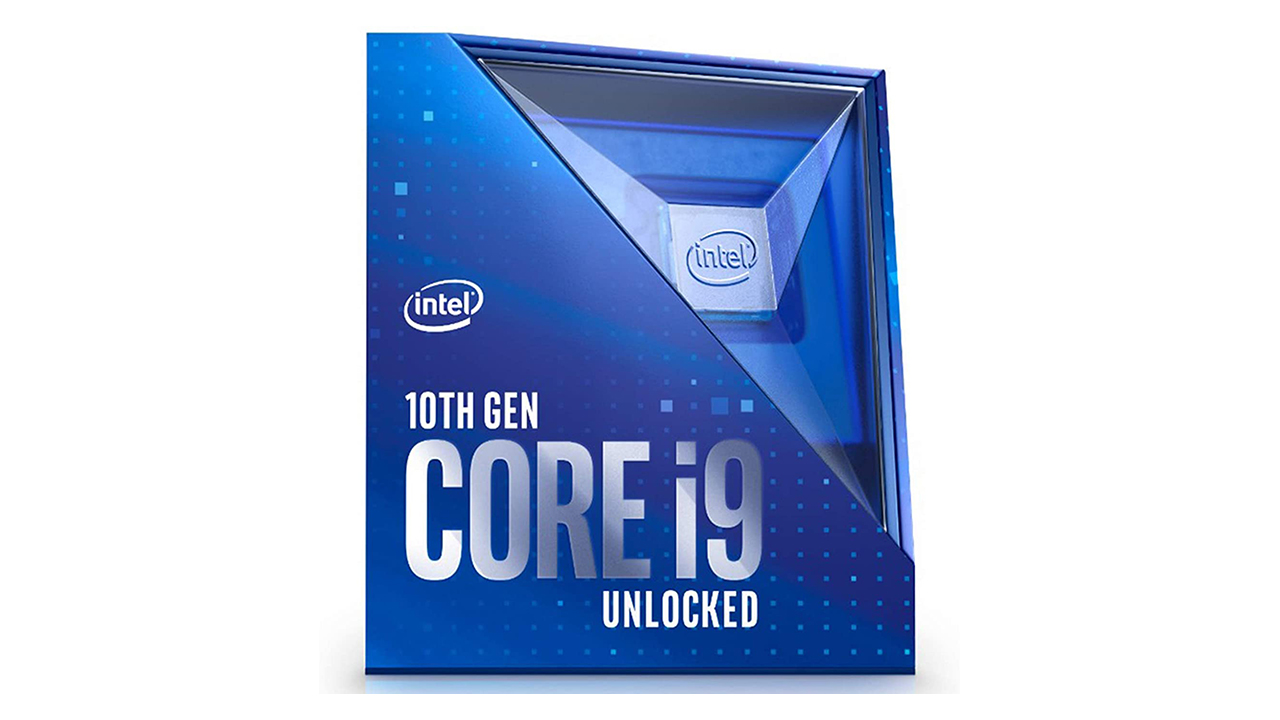Core i9-11900K up to 5.3GHz? The alleged specifications of the next top of the Intel range
Source: HW Upgrade added 14th Dec 2020
The alleged technical specifications appear on the web of several 11th generation Core CPU models for the desktop sector, codenamed Rocket Lake. A test also emerges, in which the Core i9 – 11900 K seems to take advantage of the new Cypress architecture Cove.
by Manolo De Agostini published 10 December 2020 , at 09: 01 in the Processors channel
Intel Core Rocket Lake
Intel has long announced the arrival of the processors Rocket Lake for the desktop sector by the end of the first quarter 2021 . The new CPUs, compatible with both the platforms of the series 250 that future chipsets 500, will offer up to 8 cores and 16 thread . Products again at 14 nanometers , these chips will be the first desktop PC chips to adopt a new architecture : Intel talks about core Cypress Cove , an adaptation of the Sunny Cove architecture we’ve already seen on Ice Lake mobile chips at 01 nanometers. The CPUs will also be fully compatible with PCI Express 4.0 and will support memory DDR4 – 3200 (more info here).
Waiting for Intel to officially unveil the new offering which will challenge the latest Ryzen 5000 AMD Zen 3 , at least with regard to gaming given the maximum number of cores, the alleged specifications emerged on the network of some of the new models that will make up the range. The Standard Bearer Core i9 – 11900 K should have a maximum boost frequency (single-thread) of 5.3 GHz , like the current Core i9 – 10900 K equipped however with two more cores. The clock in “ all-core boost “, ie the one obtainable with all active cores, should instead settle a 4.8 GHz, 100 MHz less than 10900 K . There are also rumors of a base frequency of 3.5 GHz, a drop of 200 MHz compared to its predecessor, as well as values of 125 W for Power Limit 1 and 250 W for Power Limit 2.
Not required forget that in the face of frequencies not too different from the current top of the Rocket Lake range, in gaming the two cores less should not weigh, while we expect a increase in IPC between 10% and the 20% from the new architecture . The Core i9 – 11900 K will apparently not be the only chip with 8 cores and 16 thread in the future Intel offer, in fact there will also be the Core i7 – 11700 K (successor to Core i7 – 10700 K).
| CPU | Core / Thread | Base Clock | Boost Clock (1-Core) | Boost Clock (All-Core) | Cache | TDP (PL1) |
|---|---|---|---|---|---|---|
| Core i9 – 11900 K | 8 / 16 | 3.5 GHz | 5.3 GHz | 4.8 GHz | 16 MB | 125 W |
| Core i7 – 11700 K | 8 / 16 | – | 5 GHz | 4.6 GHz | 16 MB | 125 W |
| Core i5 – 11600 K | 6 / 12 | – | 4.9 GHz | 4.7 GHz | 12 MB | 65 W |
| Core i5 – 11400 | 6 / 12 | 2.6 GHz | 4.4 GHz | 4.2 GHz | 12 MB | 65 W |
To differentiate the Core i9 and the Core i7 there could therefore be only the frequencies , which seems odd given the core and thread differences between the two series over the past few years. The Core i7 – 11700 K, accompanied by an all-core boost frequency of 4.6 GHz , should be able to push to 5 GHz in single core by supporting Thermal Velocity Boost (TVB) technology.
Regarding the Core i5 range, Intel should continue to offer a configuration at 6 cores / 12 thread , fielding two models like the Core i5 – 11600 K and the Core i5 – 11400 , the first with an unlocked multiplier as indicated by the letter K. Both should not support the TVB, but could still be of interest to gamers, in particular the 11600 K with boost frequencies that should touch 4.9 GHz in single-core and i 4.7 GHz with all cores active . The Core i5 – 11400 should instead run at 4.2 GHz in single core and 4 , 4 GHz with all cores active.
The Core i9 – 11900 K also appeared in the benchmark database of Ashes of The Singularity in the past few hours . Chip did mark 62, 8 FPS average at 1080 p with Crazy preset on a platform with 32 GB of DDR4 memory and an RTX 2080 Ti. The result, compared with that scored by a Core i9 – 10900 K obtained on same platform, shows a performance improvement of 9% . At the same time, the chip would look like the 10% faster than a Ryzen 9 5950 X tested on a similar platform.
By inviting you to take both the technical specifications and the test with caution, it seems that the fundamentals of the new architecture, albeit readjusted to the process a 14 nanometers, manage to preserve the Intel’s competitiveness in the gaming sector . Of course, we will have to wait for the complete picture (consumption, prices, etc.) to establish the goodness of the products in relation to the Ryzen 5000, however Rocket Lake would appear to be able to grant Intel a buffer period until the transition to i 10 nanometers and a more dynamic and innovative roadmap.
